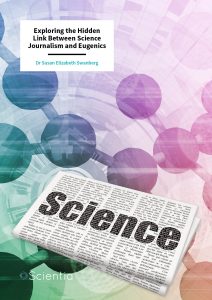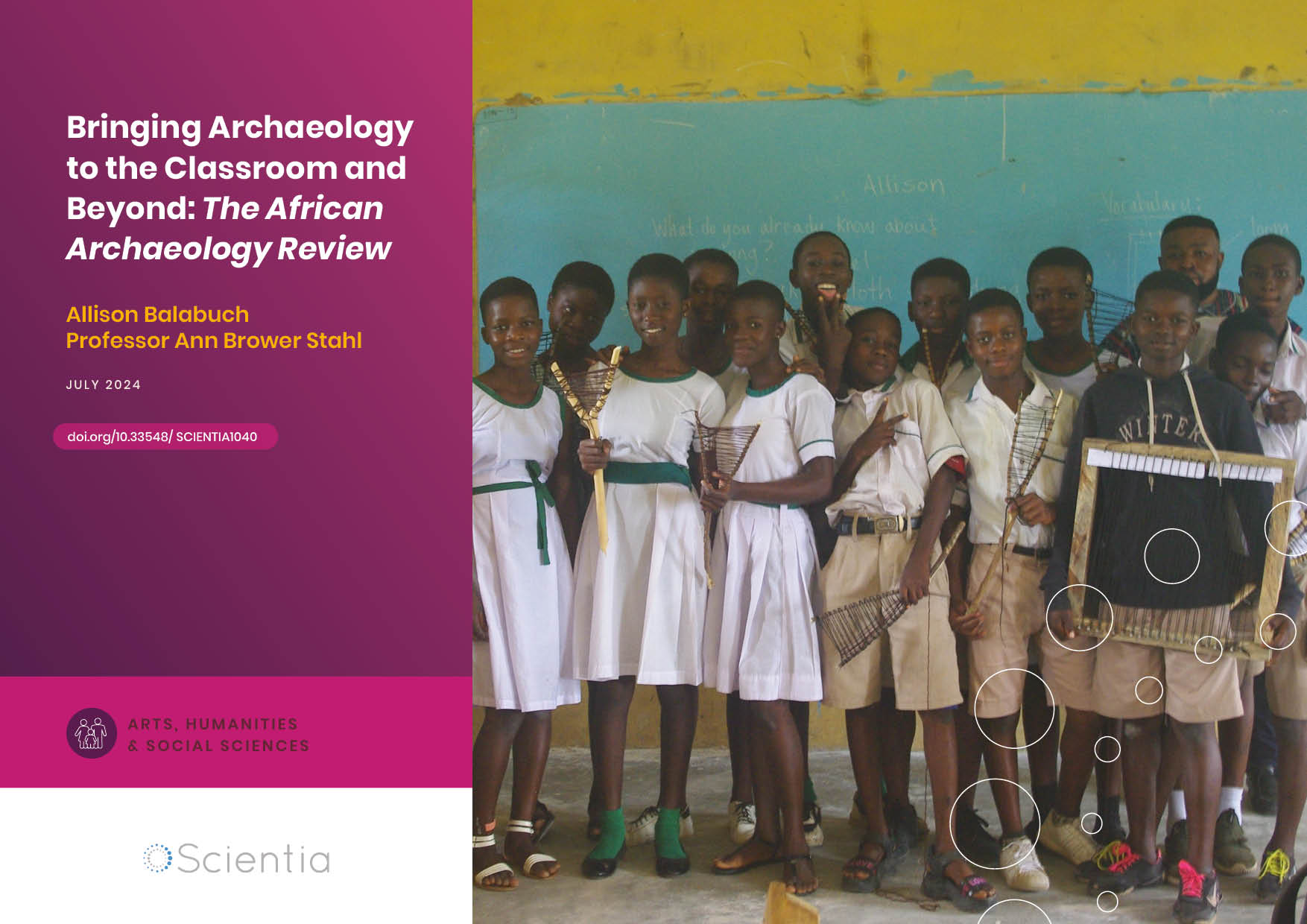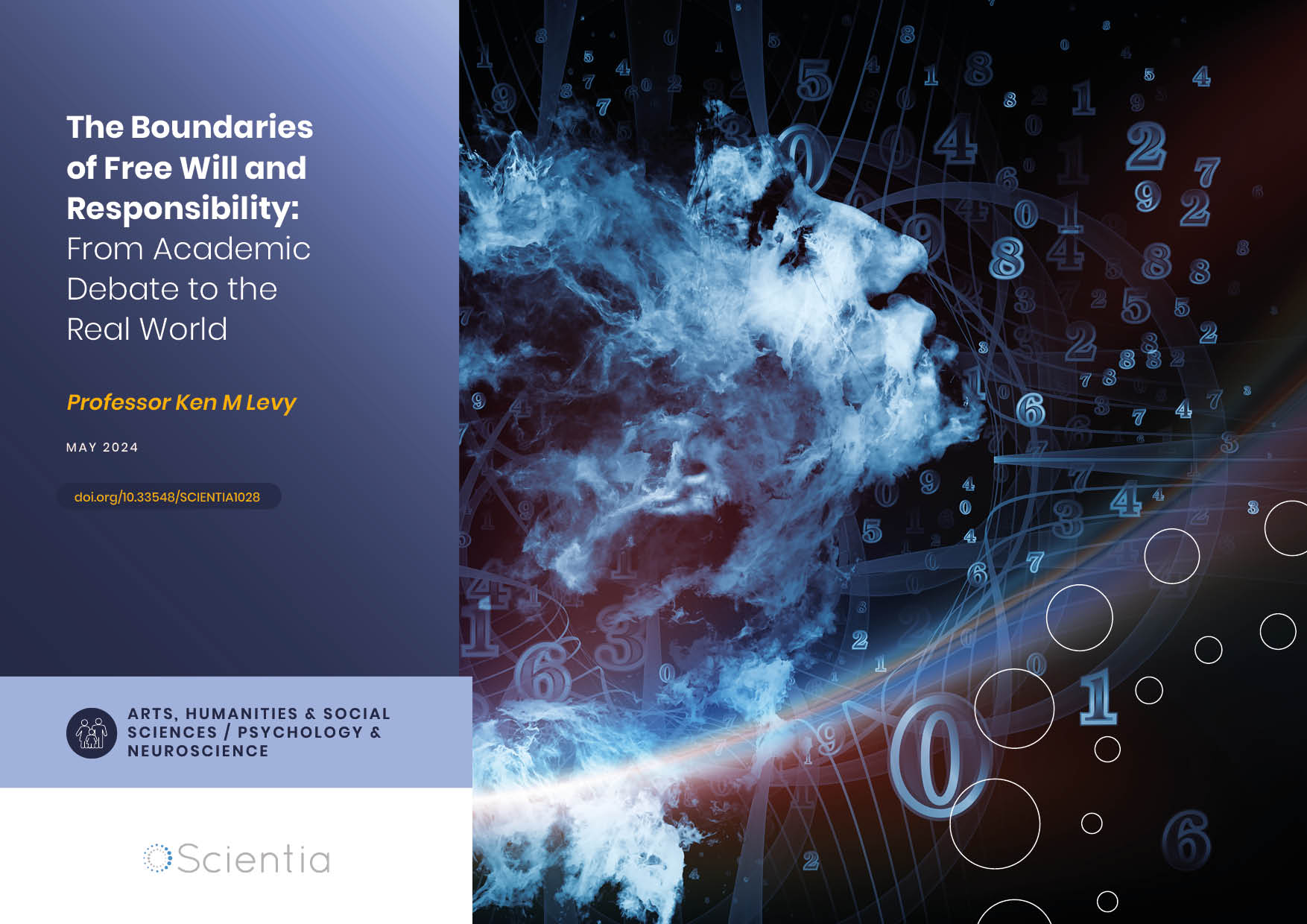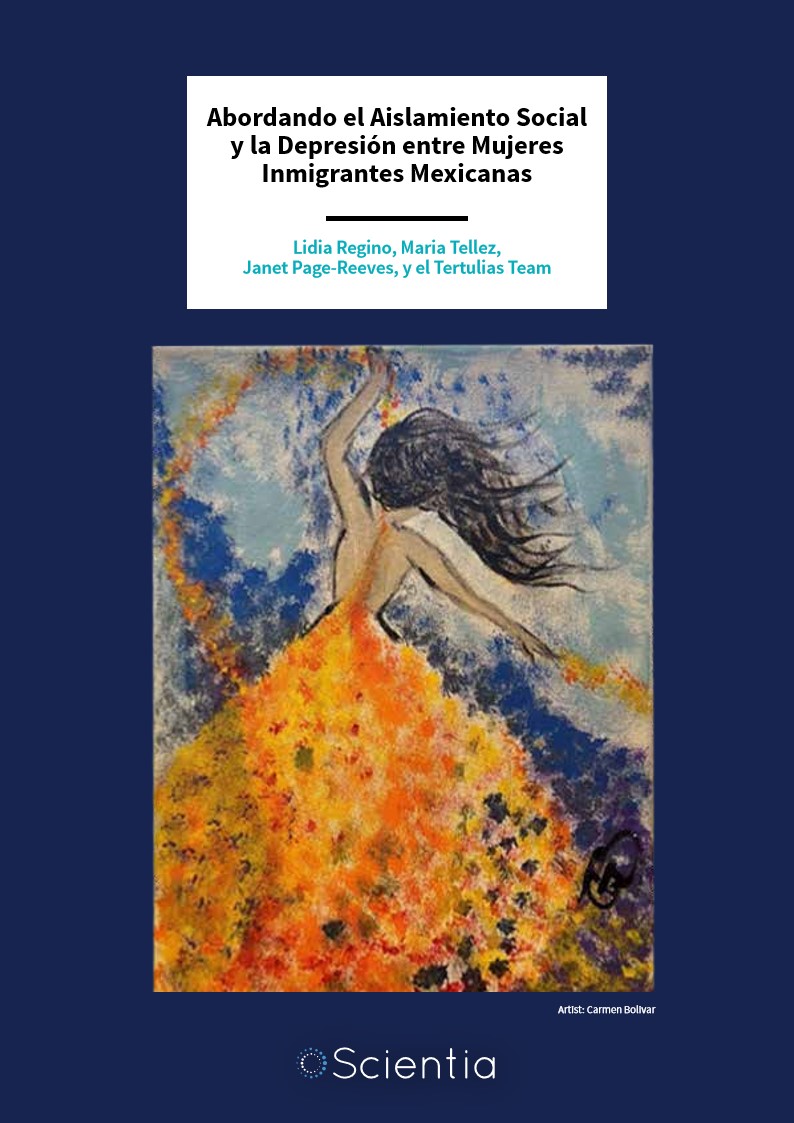Dr Susan E. Swanberg | Exploring the Hidden Link Between Science Journalism and Eugenics
Science journalism can open a fascinating window on critical research advances but, if poorly executed, can also disseminate false, biased, or pseudo-scientific information. Dr Susan E. Swanberg at the University of Arizona, recently unveiled a hidden connection between the Science Service, an agency dedicated to disseminating science founded in 1921, and eugenics, a pseudo-scientific movement that believed humans could be ‘perfected’ using extreme methods, such as involuntary sterilisation and social exclusion.
Studying the Feats and Foibles of Science Journalism
Science journalists can help to communicate critical research findings and technological advancements to the public, translating complex results into simpler terms so that they can be readily understood. In some instances, however, they can consciously or unconsciously disseminate unreliable information. The causes are numerous and diverse but can include having accessed only superficial research, for reasons of personal gain, to make news more interesting, or because they are affiliated with specific movements and agendas.
Scientific misinformation can have detrimental consequences, as it can cause public confusion, prompt people to make poor choices, and even fuel extreme or dangerous views. Studying the history of science journalism and identifying instances where the work of journalists was biased or guided by hidden agendas is of key importance, as it could potentially help to discredit unreliable scientific organisations, while also broadening the present understanding of journalism.
Dr Susan E. Swanberg, a Professor of Journalism at the University of Arizona, has been diving deep into the history of science journalism, unveiling secrets and hidden links previously unknown to the public. For instance, her close examination of science articles by journalist William Leonard Laurence, a journalist renowned for covering the development and deployment of the atomic bomb during World War 2, showed that he had plagiarised an eye-witness report on the atomic bombing of Hiroshima.
Links between the Science Service and Eugenics
In recent years, Dr Swanberg has been investigating the activities of the Science Service, an agency founded by E.W. Scripps in 1921, with the mission of popularising science. She was initially fascinated by the agency’s propensity to hire women alongside men to write about science, which was unusual at that time.
After accessing some of the agency’s materials at the Smithsonian Institution Archives, however, she uncovered an interesting connection between the agency and a pseudo-scientific movement known as eugenics. Eugenics is an ideological movement rooted in the belief that human genetics could be ‘improved’ using a series of extreme and controversial practices, such as forced sterilisation, the manipulation of conception, and the social exclusion of vulnerable or minority groups.
The Eugenics movement is rooted in the ideas of Francis Galton, a statistician who popularised the idea that human heredity or genetics could be manipulated to create ‘better’ humans. Eugenics-related ideas have informed the policies of many dictators and extremist leaders, including those of Adolf Hitler.
While reviewing the documents at the Smithsonian Institution Archives, Dr Swanberg found considerable evidence of the Science Service agency’s involvement with the eugenics movement. As she found no prior reports of this connection, she decided to investigate it further, closely examining the materials she accessed at the archive, as well as other documents online, including a digital collection of private papers by the agency’s founder, Scripps. Her observations are summarised in a paper published in American Journalism.
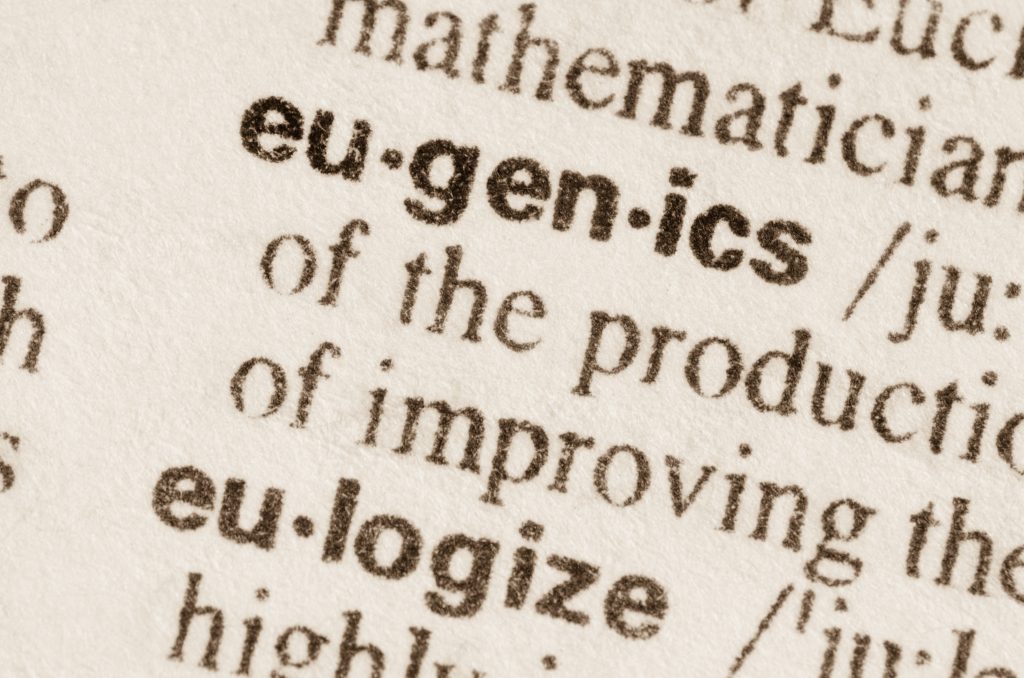
The Science Service and Scripps’ Ties to Eugenics
Dr Swanberg details the origins of the Science Service, highlighting its contributions and influence as a source of scientific information. An annual report published in 1927 suggested that the agency had an aggregate circulation of approximately 14,500,000 at the time, with over 3.5 million newspaper subscribers.
Since its establishment in 1921, Science Service introduced several scientific publications, the most well-known of which was arguably the Science News-Letter; originally known as the Science News Bulletin and later re-named Science News. This newsletter ran regularly, typically weekly, and was considered a reputable source of scientific information.
Dr Swanberg found that many publications by the Science Service used language commonly associated with the eugenics movement. Moreover, in his private papers, Scripps often expressed his interest and support for the movement, outlining a hypothetical plan for ‘scientific race breeding’.
In his writing, Scripps envisioned a scenario in which men and women would be classified based on their ‘fitness’, so that ‘fit’ men could be assigned 100 ‘fit’ females to fertilise, while ‘unfit’ men and women would be sterilised. Although these ideas are aligned with those of the eugenics movement, he appeared to elaborate on them, introducing his own visions and hypotheses of how this supposed ‘betterment’ of humanity could be achieved.
Dr Swanberg also found that Watson Davis, editor of the Science News-Letter at the time, was a member of the American Eugenics Society and was actively involved in the eugenics movement from 1921 up until he died in 1967. Unsurprisingly, many of his articles discussed the ‘betterment’ of humanity and covered events associated with the eugenics movement.
At the Smithsonian archive, Dr Swanberg also found many letters from the American Eugenics Society to the Science Service, suggesting that the eugenics society had aggressively pursued the agency and even asked Davis to suggest slogans for their pamphlets. Interestingly, her analyses revealed that the term ‘eugenics’ appeared in at least 185 articles published by the Science News-Letter between 1924 and 1966.
Moreover, almost all these articles openly supported the ideas advocated by the eugenics movement, such as the sterilisation of ‘degenerates’ or specific segments of the population, the selective mating of couples deemed to be ‘fitter’, and the conception of ‘better’ babies. In 1927, the News-Letter also published two eugenic-themed poems entitled ‘The Dodo’s Dolorous Gloom’ and ‘Dodo and Ginkgo Tree’. The dodo, a bird that was incapable of flying and ended up becoming extinct, somehow symbolised the risk of human extinction that would hypothetically occur without eugenics-related interventions.
Dr Swanberg found that the frequency with which eugenics-related articles were published in the News-Letter dramatically decreased from 1935 onwards, possibly after Pope Pius XI condemned eugenics-related beliefs and the USA–based Eugenics Record office was shut down. The last articles disseminated by the Science Service and mentioning the word ‘eugenics’ were published in 1964.
The Importance of Unveiling the Hidden History of Eugenics
The recent work by Dr Swanberg is merely one example of the hidden ties that can exist between journalistic organisations and ideological movements. While the eugenics movement is no longer popular or supported by scientific organisations, some of its ideas mirror some of those voiced by conservative politicians or Alt-Right groups in the USA when trying to advocate for restrictions in immigration law.
By closely examining the history of the eugenics movement and how it successfully disseminated its non-scientific ideas via the Science Service, her paper sheds light on the risks of poor and biased scientific journalism. At a time when disseminating fake news and misinformation is easier than ever, Dr Swanberg’s observations re-iterate the value of reliable and transparent science journalism that is free from ideological and political influences.
SHARE
DOWNLOAD E-BOOK
REFERENCE
https://doi.org/10.33548/SCIENTIA951
MEET THE RESEARCHER

Dr Susan Elizabeth Swanberg
School of Journalism
University of Arizona
Tucson, AZ
USA
Dr Susan Elizabeth Swanberg is an Associate Professor of Journalism at the University of Arizona in Tucson. She earned an MA in Journalism from the University of Arizona, a PhD in Genetics from the University of California, Davis, and an MS in Biological Sciences from California State University, Sacramento, as well as a JD in Law and a BA in Psychology from the University of Oregon. Dr Swanberg started working as an Assistant Professor at the University of Arizona in the fall of 2015. In April 2022, she was promoted to Associate Professor. She is a Faculty Affiliate of several academic hubs at the university, including the Arid Lands Resource Sciences Graduate Interdisciplinary Program (GIPD), the Applied Intercultural Arts Research GIDP, and the American Literary Translators Association. Since 2021, she has served as an External Associate with the University of Oregon Center for Science Communication Research. Before she pursued a career in academia, Dr Swanberg worked as an attorney for almost two decades. Alongside her academic work, she now works as a freelance journalist and science writer, occasionally contributing to online and print publications, including the Western National Parks Association (WNPA) publication, Your American West. She has also published academic articles on topics related to her science and science journalism history research. Over the course of her exciting career to date, she has received many awards and honours. She received the Hugh & Jan Harelson Award for Excellence in Teaching from the University of Arizona School of Journalism in 2019 and 2020. In March of 2023, she was elected a fellow of The Linnean Society of London.
CONTACT
W: https://journalism.arizona.edu/people/susan-e-swanberg
T: @seswanberg
FURTHER READING
SE Swanberg, “Well-bred and well-fed,” the Science Service Covers Eugenics: 1924 to 1966, American Journalism, 2021, 38(2), 202–230. DOI: https://doi.org/10.1080/08821127.2021.1912754

REPUBLISH OUR ARTICLES
We encourage all formats of sharing and republishing of our articles. Whether you want to host on your website, publication or blog, we welcome this. Find out more
Creative Commons Licence (CC BY 4.0)
This work is licensed under a Creative Commons Attribution 4.0 International License. 
What does this mean?
Share: You can copy and redistribute the material in any medium or format
Adapt: You can change, and build upon the material for any purpose, even commercially.
Credit: You must give appropriate credit, provide a link to the license, and indicate if changes were made.
SUBSCRIBE NOW
Follow Us
MORE ARTICLES YOU MAY LIKE
Grandmothers: Innovation Through Tradition
Grandmother Project – Change through Culture (GMP) is an organisation dedicated to documenting the role of grandmothers and demonstrating the effectiveness of grandmother-inclusive strategies in improving the health and well-being of women, children, and adolescents. GMP’s groundbreaking work challenges conventional wisdom to transform community-based interventions in Africa and beyond, harnessing a powerful but often overlooked resource: the wisdom and influence of grandmothers.
Allison Balabuch – Professor Ann Brower Stahl | Bringing Archaeology to the Classroom and Beyond: The African Archaeology Review
The African Archaeology Review (AAR) journal recently celebrated its 40th anniversary. To mark this occasion, a special issue was compiled with an innovative theme: Archaeology for Education. To achieve this, the AAR editorial team assembled a group of academic researchers in archaeology with the proposition of writing articles collaboratively with educators that would make their research centred on Africa’s rich pasts accessible for use in school learning. The goal is to change the stories we tell about Africa both within and outside the continent.
Professor Ken M Levy | The Boundaries of Free Will and Responsibility: From Academic Debate to the Real World
For almost thirty years, Professor Ken M Levy of Louisiana State University Law School has been thinking and writing about free will and responsibility. In several articles and his recent book, Free Will, Responsibility, and Crime: An Introduction (Routledge 2020), Professor Levy discusses a wide range of subjects, including the myth of the ‘self-made man’, whether psychopaths are culpable for their crimes, and the increasingly popular but highly controversial theory of responsibility scepticism. Professor Levy’s research has profound implications for law, ethics, and society.
Abordando el Aislamiento Social y la Depresión entre Mujeres Inmigrantes Mexicanas
Una gran cantidad de mujeres mexicanas sufren aislamiento y depresión después de llegar como inmigrantes a los Estados Unidos. Son particularmente vulnerables en el caso de carecer de conexiones sociales o una red de apoyo en su nuevo entorno. Un grupo inovador de investigación de la Universidad de Nuevo Mexico ha desarrollado una prometedora iniciativa llamada “Tertulias”,que ayuda a mejorar la salud mental y el bienestar de las mujeres inmigrantes.

